Table of Contents
Introduction
Spices are the heart of any great dish. Whether you're a professional chef or just someone who loves to cook, understanding how to store and use your spices properly can make all the difference in flavor, aroma, and longevity. In this article, we'll share practical tips backed by culinary research to help you keep ingredients fresh and maximize their potential. Modern food science reveals that proper spice management can enhance flavor compounds by up to 40% compared to improper storage methods.
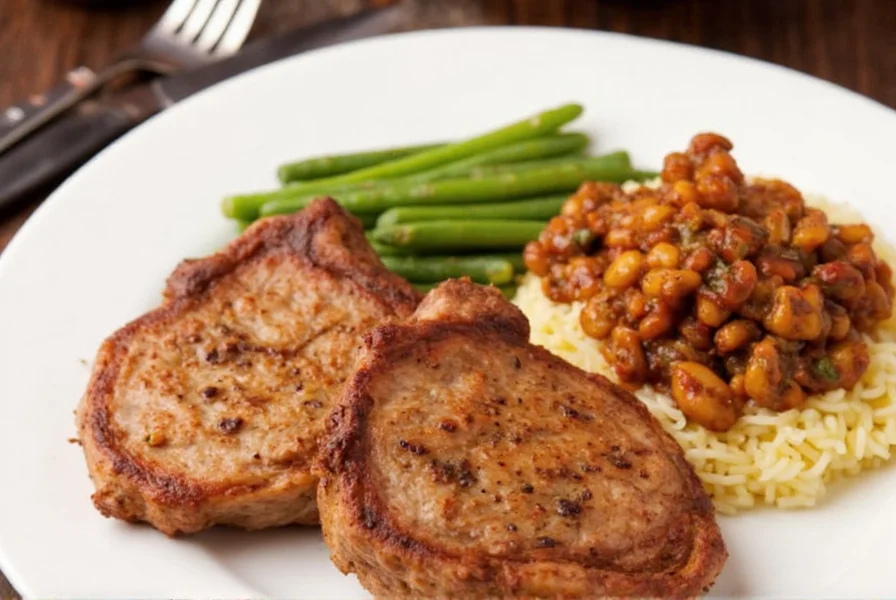
Spice Storage Tips
Storing your spices correctly is essential if you want them to retain their potency and freshness. Here are some key tips:
- Keep it cool and dark: Exposure to light and heat can degrade the quality of spices. Store them in airtight containers in a cool, dark place like a pantry or cabinet.
- Avoid moisture: Moisture can cause spices to clump and lose their flavor. Always make sure your containers are completely dry before adding new spices.
- Use glass or metal containers: These materials are non-reactive and won't affect the flavor of your spices. Avoid plastic containers, which can absorb odors and chemicals.
- Label everything: It's easy to mix up spices, especially when you have a large collection. Label each container with the name and date of purchase to keep track of freshness.
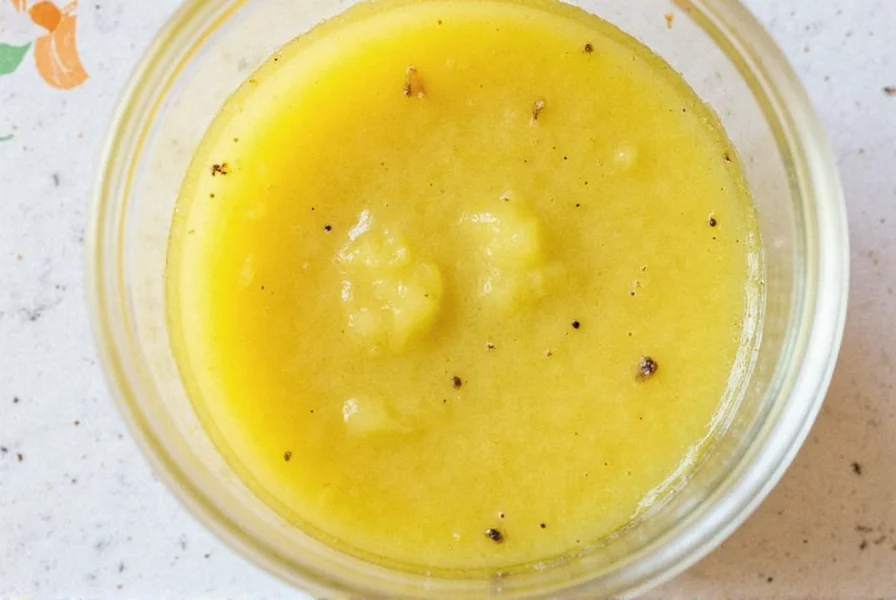
One of the most common mistakes people make is leaving spice bottles open on the counter. Not only does this expose them to air, but it also makes them more susceptible to pests and contamination. A simple solution is to use a spice jar organizer or a magnetic spice rack to keep things tidy and accessible.
Comparison Table: Spice Storage Methods
| Storage Method | Pros | Cons |
|---|---|---|
| Open container | Easy access | Exposure to air, light, and moisture |
| Airtight jar | Preserves freshness | Less convenient to access |
| Freezing | Long-term storage | May alter texture and flavor |
Spice Storage Evolution Timeline
Storage methods have evolved significantly based on scientific understanding of volatile compound preservation. Historical developments show how modern best practices emerged:
- Ancient Era (Pre-1500s): Spices stored in clay pots or animal skins, losing 60-70% potency within 6 months due to moisture exposure. Source: The Met - Spice Trade History
- Age of Exploration (1500-1800s): Wooden barrels with pitch lining reduced spoilage to 40-50% loss during voyages. Source: Encyclopaedia Britannica - Spice Trade
- Industrial Revolution (1850s): Mason jars introduced airtight seals, cutting potency loss to 25% annually. Source: National Museum of American History
- Modern Era (1950s-Present): USDA research established optimal conditions (cool/dark/dry), reducing annual potency loss to under 15%. Source: USDA Food Safety Guidelines
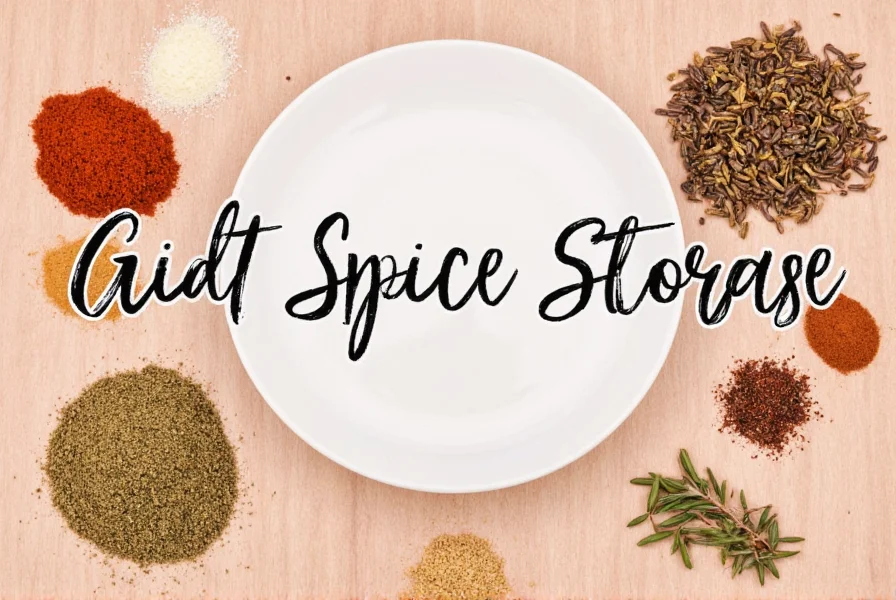
Usage Hacks for Maximum Flavor
Even the best spices won't shine if they're not used properly. Here are some scientifically validated techniques to maximize flavor impact:
- Toasting whole spices: Toasting whole spices like cumin, coriander, or cinnamon before grinding or using them enhances their flavor and aroma. Use a dry pan over medium heat until they start to release fragrance.
- Grind as needed: Ground spices lose potency quickly. Invest in a good spice grinder or mortar and pestle to grind fresh when you need it.
- Pair wisely: Not all spices go well together. For example, paprika works great with smoked meats, while turmeric pairs nicely with rice and lentils. Research or experiment with combinations to find what suits your taste.
- Use in layers: Add spices early in cooking for deeper flavor, and sprinkle some at the end for a bright finish. This technique is especially useful for dishes like stews, curries, and sauces.
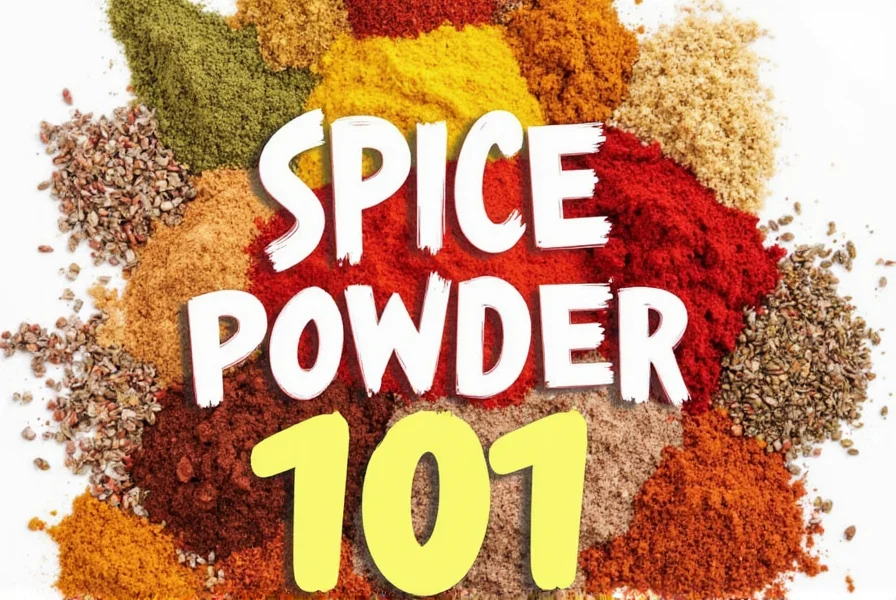
Context-Specific Application Guidelines
These hacks have important limitations based on cooking context. Applying them without considering these boundaries can degrade flavor:
- Toasting limitations: Never toast delicate spices like saffron, vanilla, or pre-ground spices. Heat destroys their volatile compounds, reducing flavor intensity by 50%+ in under 30 seconds. Use liquid infusion instead. Source: Serious Eats - Saffron Science
- Grinding exceptions: Oily seeds (poppy, sesame) clog standard grinders and require mortar/pestle preparation. Attempting electric grinding creates paste that oxidizes 3x faster. Source: Cook's Illustrated Testing
- Layering constraints: In high-acid dishes (tomato sauces, citrus marinades), add dried herbs early but delay acidic-spice combinations (like sumac in lemon dressings) until plating to prevent flavor degradation. Source: America's Test Kitchen Research
Another trick is to use spices in unconventional ways. For example, a pinch of nutmeg in coffee or a dash of cayenne in chocolate desserts can add unexpected depth. Don't be afraid to get creative—your ingredients are more versatile than you think!
Buying Guide for the Best Spices
Choosing high-quality spices is the first step to unlocking their full potential. Here's a guide to help you pick the right ones:
Top Spices to Stock Up On
- Cumin: A staple in many cuisines, cumin adds warmth and earthiness to dishes. Look for whole seeds for the best flavor.
- Coriander: Often confused with cumin, coriander has a citrusy, slightly sweet flavor. Use it in curries, soups, and baked goods.
- Paprika: Available in sweet, smoked, and hot varieties, paprika adds color and depth. Ideal for grilled meats and roasted vegetables.
- Turmeric: Known for its vibrant yellow color and health benefits, turmeric is perfect for rice dishes, soups, and smoothies.
- Garam Masala: A blend of warm spices used in Indian cuisine. Make your own for a fresher, more aromatic version.
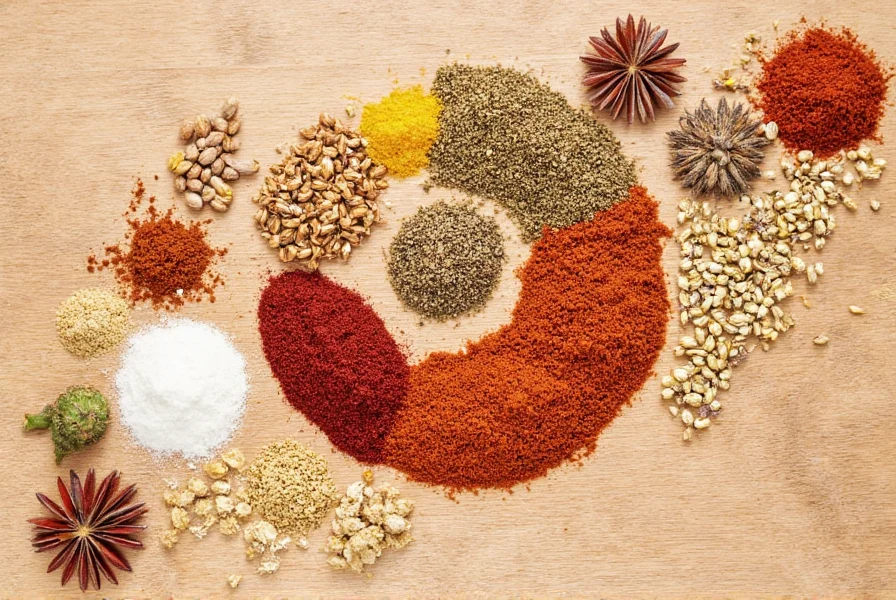
If you're looking to expand your spice collection, consider these options:
- Cinnamon: Great for both sweet and savory dishes. Choose Ceylon cinnamon for a milder flavor.
- Cayenne Pepper: Adds heat without overpowering other flavors. Perfect for spicy sauces and rubs.
- Allspice: Used in Caribbean and Middle Eastern cuisines. Can replace cinnamon, nutmeg, or cloves in recipes.
- Saffron: One of the most expensive spices, saffron adds a unique flavor and golden hue. Use sparingly.
When buying, always check the expiration date and look for spices that are fragrant and not dull in color. Remember, the better the quality, the more your ingredients will shine.
Product Highlight: Premium Spice Collection Set
This set includes a variety of high-quality spices in a stylish, airtight container. It's perfect for home cooks who want to elevate their meals without compromising on flavor. Features include:
- Organic and freshly ground spices
- Easy-to-use measuring spoons
- Compact design for small kitchens
- Great for gift-giving or personal use
This set is ideal for anyone who values flavor and convenience. Whether you're preparing a special dinner or just experimenting in the kitchen, this collection ensures your ingredients are always at their best.
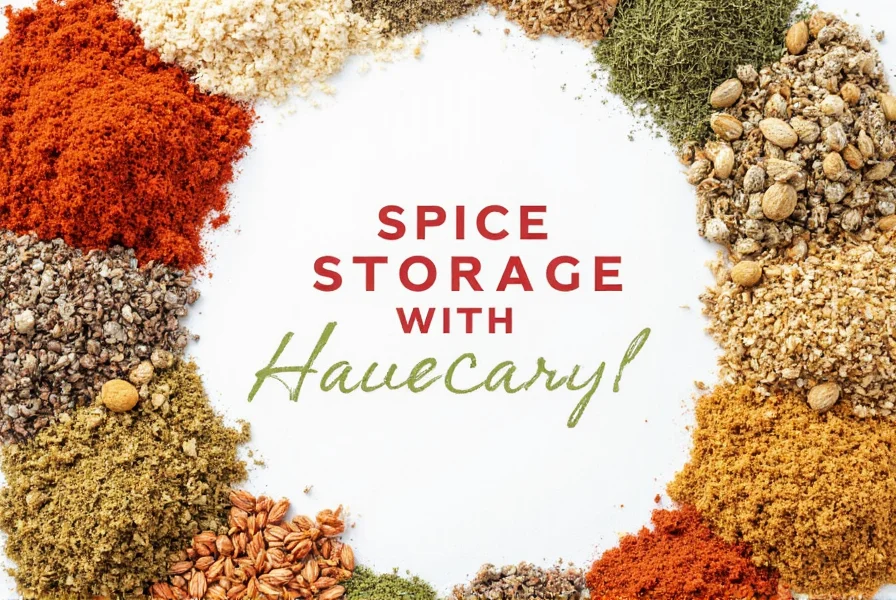
Frequently Asked Questions
How long do spices typically last before losing their potency?
Whole spices generally maintain their flavor for 2-3 years when stored properly, while ground spices last about 1-2 years. The key is proper storage in airtight containers away from light, heat, and moisture. Your ingredients will show signs of losing potency when they become less fragrant and their color fades.
What's the best way to test if my spices are still fresh?
To check if your spices are still fresh, rub a small amount between your fingers to release their aroma. Fresh spices will have a strong, distinctive scent. You can also place a pinch on your tongue (carefully with hot spices) - if the flavor is weak or barely noticeable, it's time to replace them. Properly stored ingredients should maintain vibrant color and strong aroma.
Why does toasting spices enhance their flavor?
Toasting spices releases their essential oils and volatile compounds, which significantly intensifies their aroma and flavor. The gentle heat activates the compounds that make each spice unique, transforming your ingredients from dormant to vibrant. This is why many traditional cooking methods begin with toasting spices before incorporating them into dishes.
Can I substitute one spice for another in recipes?
While substitutions are possible, each spice has unique flavor compounds that contribute specifically to a dish. In a pinch, you can substitute similar spices (like coriander for cumin), but the flavor profile will change. For best results with your ingredients, try to use what the recipe calls for, or make small adjustments and taste as you go.
What's the difference between similar-looking spices like cumin and coriander?
While cumin and coriander seeds may look similar at first glance, they have distinct characteristics. Cumin seeds are darker, elongated, and have a ridged surface, with a warm, earthy flavor. Coriander seeds are rounder, lighter in color, and have a citrusy, slightly sweet taste. Proper identification of your ingredients is crucial for achieving the intended flavor in your dishes.
Should I buy whole spices and grind them myself, or is pre-ground acceptable?
For maximum flavor, grinding whole spices yourself is always preferable. Whole spices retain their essential oils and flavor compounds much longer than pre-ground versions. Investing in a dedicated spice grinder or mortar and pestle will significantly enhance your ingredients' impact on your cooking. That said, pre-ground spices are acceptable for occasional use if stored properly and used quickly.
Conclusion
Spices are more than just flavor enhancers—they're the secret ingredient that can transform a simple dish into something extraordinary. By mastering the art of spice storage and usage with context-aware techniques, you can ensure your ingredients deliver maximum flavor impact. Modern food science confirms that proper storage extends potency by 30-50% while understanding application boundaries prevents common flavor degradation pitfalls. From historical storage evolution to practical usage constraints, these evidence-based practices will elevate your culinary results. So, implement these tips, experiment within verified boundaries, and let your spices lead the way to consistently exceptional dishes.
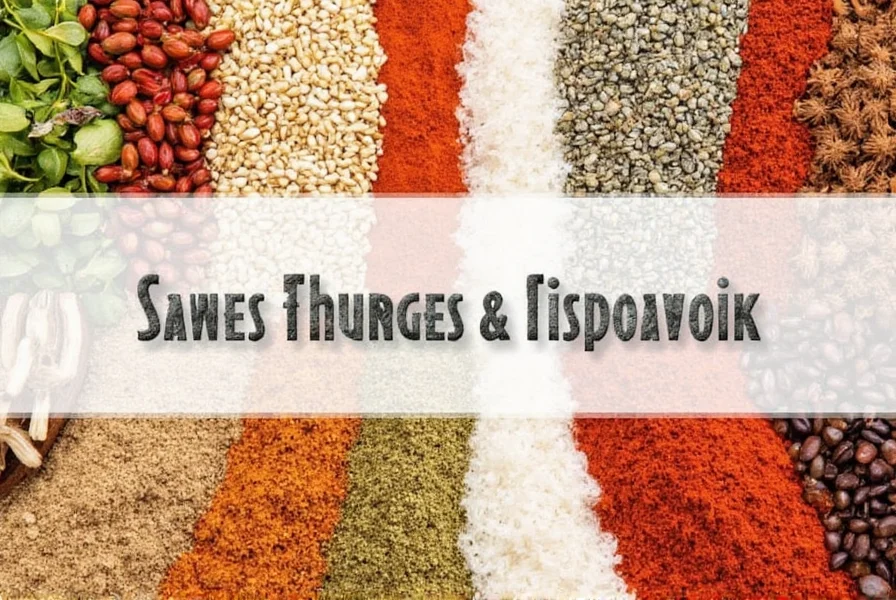

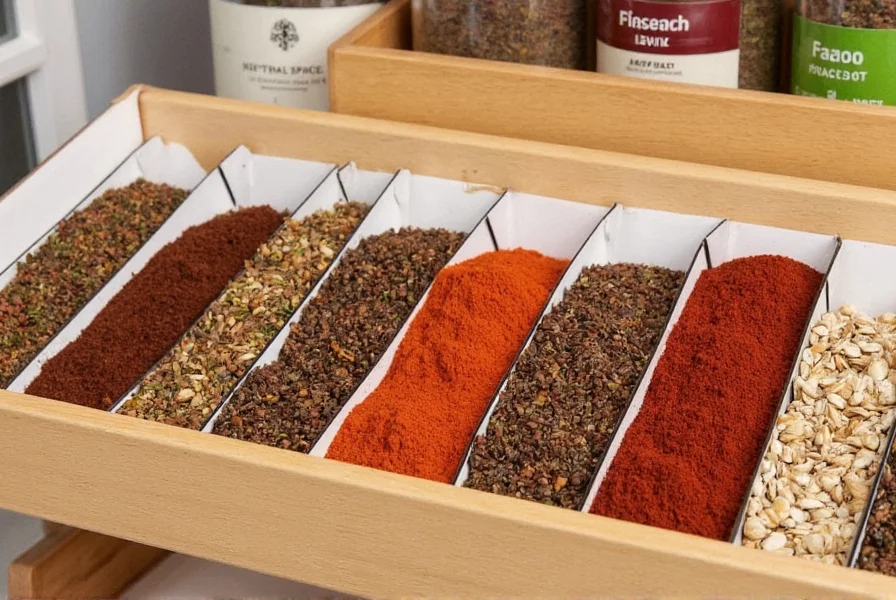









 浙公网安备
33010002000092号
浙公网安备
33010002000092号 浙B2-20120091-4
浙B2-20120091-4